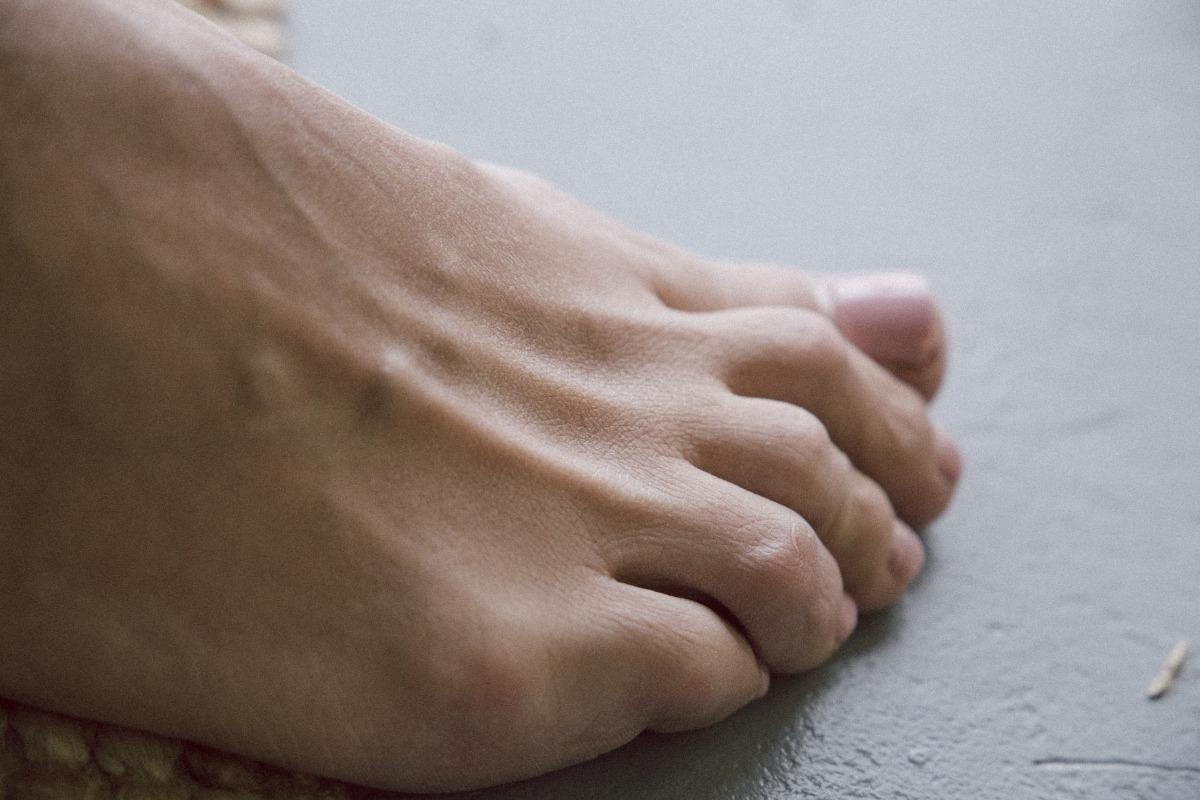Signs That Your Ingrown Toenail Requires Medical Attention
posted: Mar. 01, 2023.

Ingrown toenails, also known as onychocryptosis, are a common condition where the corner or side of the toenail grows into the soft skin of the toe. It often causes pain, redness, and swelling, sometimes with drainage of pus. Ingrown toenails are most common in the big toe, but can occur in any of the toes.
Are Ingrown Toenails Common?
Ingrown toenails are a common condition that can cause pain, swelling, and redness of the toes. They occur when the corner or side of a toenail grows into the skin of the toe. This can be a painful condition, and if not treated, can lead to infection.
Ingrown toenails are most common in adults, but can also affect children. They often occur when the nails are cut too short or the edges are rounded off. Other causes include poor foot hygiene, tight-fitting shoes, and foot injuries. Ingrown toenails typically affect the big toe, but can also occur in other toes.
What Are the Symptoms of Ingrown Toenails?
The most common symptom of an ingrown toenail is pain and swelling in the affected area. The pain may increase with activity or pressure on the toe. The area may become red and tender to the touch. There may also be drainage of pus or blood from the area. If left untreated, ingrown toenails can become infected and cause more serious complications.
When Does an Ingrown Toenail Become a Medical Emergency?
When an ingrown toenail becomes a medical emergency, it typically means that the condition has progressed to the point where it requires immediate medical attention. This may be due to severe pain, infection, or other signs and symptoms that appear to be worsening. In some cases, an ingrown toenail can even be life-threatening, as it can lead to sepsis if not treated promptly.
Signs that an ingrown toenail may have become a medical emergency include intense pain, redness, swelling, and/or pus around the toenail, as well as fever, chills, and a general feeling of malaise. In some cases, the affected toe may even appear blue due to insufficient blood flow. If any of these signs and symptoms are present, it is important to seek medical attention immediately.
In addition to the signs and symptoms mentioned above, an ingrown toenail can become a medical emergency if it is accompanied by any of the following conditions: diabetes, poor circulation, poor immune system, or open sores on the foot. If any of these are present, it is important to seek medical attention to prevent serious complications from developing.
What to Do Once Your Ingrown Toenail Has Become Infected?
If your ingrown toenail has become infected, it is important to ensure the infection does not worsen. Here are some steps to take if your ingrown toenail has become infected:
1. Visit Your Foot Specialist
If your ingrown toenail has become infected, visit your foot specialist as soon as possible. They can diagnose the infection and provide the necessary treatment. They may also recommend surgery to remove the affected section of the toenail if the infection is severe.
2. Clean the Toenail
Before attempting any treatment, it is important to clean the affected area. Use a mild soap and water solution to clean the area and remove any dirt or debris that may be present.
3. Soak the Toenail
Soaking the affected area in warm water can help to soften the toenail and make it easier to remove. Soak your foot for at least 10 minutes, twice a day.
4. Use Antibiotic Ointment
Once the area has been cleaned, use an antibiotic ointment to help prevent infection. Apply the ointment to the affected area and cover with a sterile bandage.
5. Wear Comfortable Shoes
Wearing shoes that are too tight or that put pressure on the affected area can make the infection worse. Wear comfortable, loose-fitting shoes that do not put pressure on the affected area.
Conclusion
Ingrown toenails are a common condition that can be uncomfortable and painful. If you think you may have an ingrown toenail, it’s important to see a foot specialist or podiatrist for treatment. With proper treatment, ingrown toenails can be resolved and prevented from happening again in the future.
If you need a podiatrist in Toronto, you can visit Sheldon Nadal, D.P.M. Ingrown toenails or any other foot and toe problems should no longer become a major issue by having Sheldon Nadal D.P.M handle it. Book an appointment with him today and say goodbye to those foot and toe issues.